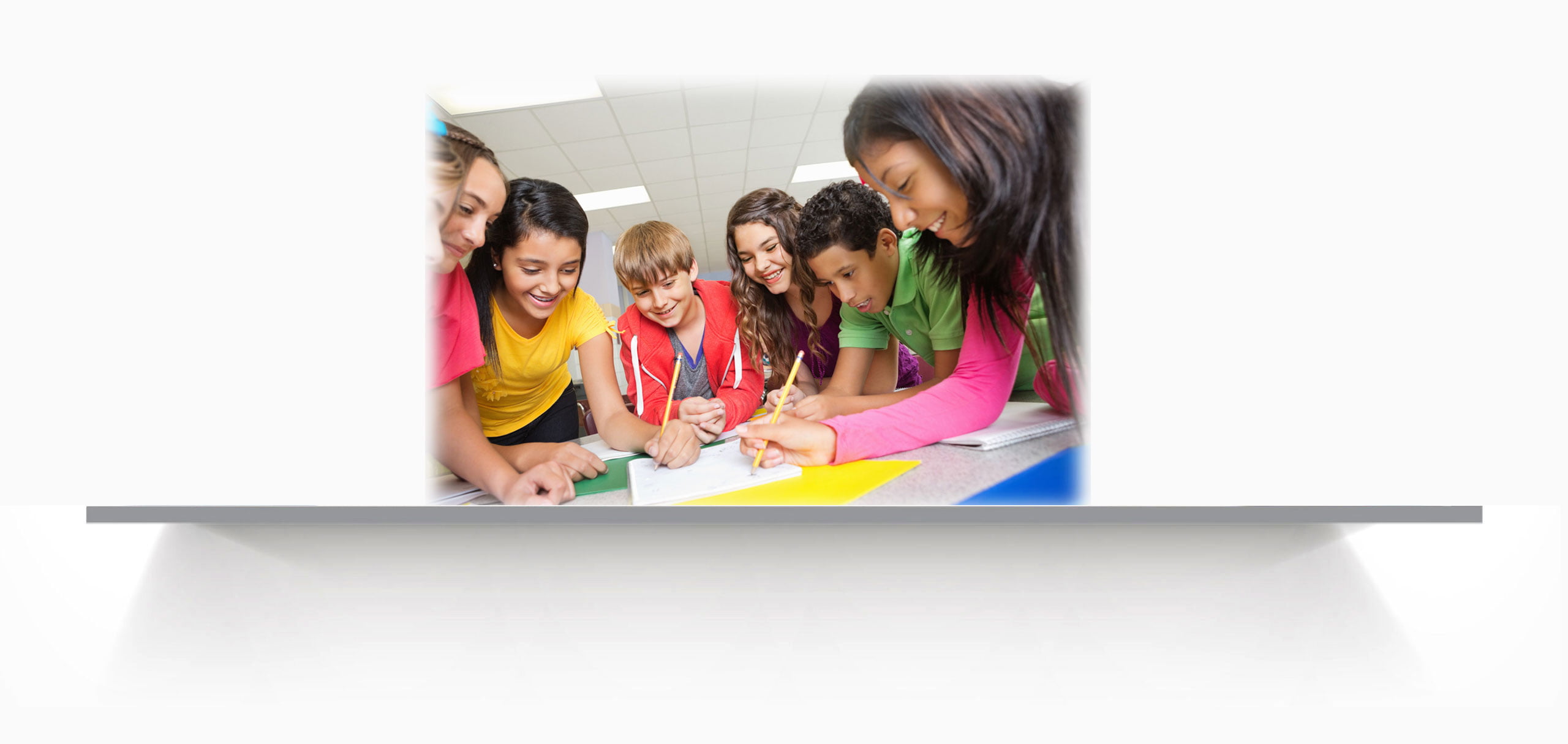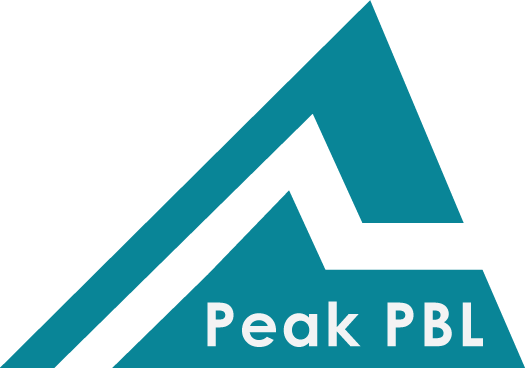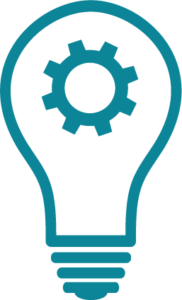

Follows the six criteria of the High Quality Project Based Learning (HQPBL) framework
Offers students just-in-time support
Teacher and student materials are classroom ready
Comprehensive materials enable teachers to learn and execute a PBL unit
Utilizes the Launch, Explore, Discuss model
Integrates literacy standards throughout lessons
The engineering design process promotes deeper understanding of mathematics
Math is meaningful and connected through authentic career tasks


Project-based learning (PBL) is a method of instruction in which students learn by actively engaging in projects with real-world meaning or correlation. The Peak PBL materials utilize the six criteria in the High Quality Project Based Learning (HQPBL) framework, which is uniquely written from the student perspective. Students engage in projects that demonstrate intellectual challenge and accomplishment, are authentic, result in a public product, promote a variety of collaboration opportunities, utilize a project-management process, and require continuous reflection.
Students experience high-quality career-centered tasks from 16 different career clusters that promote mathematical discourse, collaboration, and exploration of viable strategies.
Just-in-time support for students is strategically placed throughout the material. These are timely learning opportunities offered to assist students with obstacles, misunderstandings, and gaps in learning.
Peak PBL is flexible. A PBL unit can be implemented as a complement to the adopted curriculum in a variety of ways. It can be used as a summer school program; for before-, during-, or after-school tutoring; for small and whole group instruction, enrichment, or remediation; and to reinforce grade-level skills. Lessons are appropriate for sessions of 45–120 minutes over the course of 16–30 days.

The materials were crafted with a focus on supporting teachers, as research has shown teachers to have the most impact on student learning. The teacher facilitation guide provides support with timing, questioning, and facilitation using the Launch, Explore, Discuss model. Teaching materials include handouts, presentation slide decks, sample schedules, materials lists, and formative assessments in the form of probing questions and checks for understanding.
The teacher materials are designed in an easy-to-use format that allows teachers to learn and execute a PBL unit without additional searching. All teacher and student materials, such as rubrics, handouts, research, graphic organizers, and fluency practice are classroom-ready.

The Peak PBL materials are designed using the Seven Elements of a Math-Enhanced CTE Lesson from the National Research Center for Career and Technical Education (NRCCTE). This framework promotes exploration prior to formalization.
The mini-lessons use a Launch, Explore, Discuss method that allows students to explore what a task is about, the career context in which it is situated, and mathematical concepts and strategies used to find solutions. The discussion explicitly calls out the math in context and how it relates to CTE, and then intentionally bridges the math and CTE language. Students have the opportunity to work through both contextual and traditional math examples and make connections.
Peak is aligned to math standards and designed with literacy standards in mind. Students are engaged in integrated and meaningful reading, writing, speaking, and listening throughout each lesson.

Peak PBL provides students the opportunity to experience math within a career setting, which promotes an expanded outlook on the usefulness of mathematics. Through the use of authentic career tasks, students explore math in a meaningful and connected manner. This allows them to see themselves as “math people” and understand how and where the math they are currently learning may actually be applied in the real world.
The engineering and design process is used to break down and systematically solve problems. In Peak PBL, it takes students through the ask, imagine, plan, create, improve, and communicate phases, resulting in a solution ready for implementation. This process pushes students to engage in a deeper understanding of the mathematics directly connected to the project and learn in a way they are more likely to retain over time. An added benefit of the design process is it provides experience with a formal strategy for managing a project and finding solutions.
Research has shown that students who engage in project-based learning develop skills such as creativity, critical thinking, and collaboration.
Send us a message and we’ll get back to you shortly.
Emerald Education, Inc. (EE) is a women-owned minority business based in Asheville, North Carolina and serves the entire U.S.